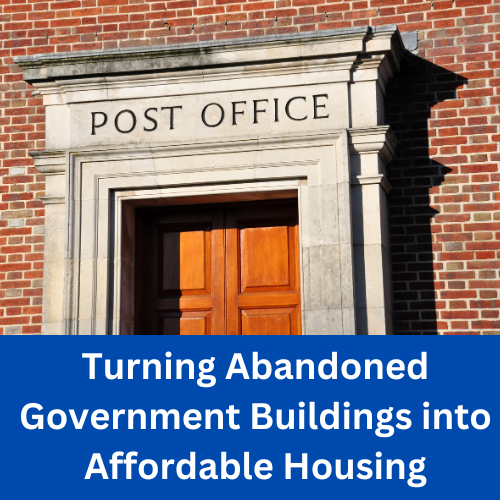As discussions around the housing crisis intensify, governments at every level aresearching for creative and…

Architectural Glass Trends for 2025
As we look ahead to 2025, architectural glass is poised to play a pivotal role in shaping the design and functionality of modern buildings. From aesthetics to sustainability, innovative glass technologies are transforming both the exterior and interior of structures. Here are some key trends to watch for in architectural glass over the next few years.
- Sustainability and Energy Efficiency
One of the dominant trends for 2025 is the increased focus on sustainability. With climate change concerns driving the need for greener building practices, architects are increasingly turning to energy-efficient glass solutions. Low-emissivity (Low-E) coatings, which reduce heat transfer, are becoming more sophisticated, allowing buildings to remain cooler in summer and warmer in winter. Additionally, solar control glass, which blocks out harmful UV rays while allowing natural light in, is gaining popularity in both commercial and residential buildings. - Smart Glass and Dynamic Glazing
Smart glass, also known as electrochromic or dynamic glazing, is one of the most exciting advancements in architectural design. This glass can change its transparency in response to external factors like light, temperature, or user input. In 2025, we can expect a significant increase in the use of smart glass for both energy savings and enhancing comfort. This technology is being applied to windows and facades to optimize natural light while reducing reliance on artificial lighting and HVAC systems. - Aesthetic Customization
Architectural glass is no longer just about function—it’s also about form. The trend toward customization in glass design continues to grow, with options for decorative patterns, colors, and textures. Glass can now be printed or etched with intricate designs, allowing architects to add artistic elements to building facades, partitions, and windows. This trend enables a blend of visual appeal and personalization, giving buildings a unique identity. - Resilient and Impact-Resistant Glass
As safety concerns rise, impact-resistant glass is becoming more common. This trend is particularly relevant in areas prone to extreme weather, such as hurricanes or tornados, as well as in urban environments with higher security needs. Laminated glass and tempered glass technologies are improving in both strength and clarity, offering buildings enhanced protection without sacrificing aesthetics.
In 2025, architectural glass will continue to evolve, embracing new technologies and materials that enhance sustainability, functionality, and design. As the demand for energy-efficient, smart, and visually dynamic buildings grows, glass will remain a key material in the future of architecture.
Find out more about how Wakefield’s glass cutting and glass handling equipment helps keep glass manufacturers on the cutting edge.



